Novel method detects microbial contamination in cell cultures
Ultraviolet light “fingerprints” on cell cultures and machine learning can provide a definitive yes/no contamination assessment within 30 minutes.
“`html

Members of Google’s DeepMind UK team are reportedly exploring unionization efforts, reflecting growing concerns about working conditions and the future of AI research at the company.

Elon Musk’s xAI Holdings is reportedly in the process of raising what could become the second-largest private funding round in history, signaling strong investor interest in AI startups.

Anthropic has issued a takedown notice to a developer who attempted to reverse-engineer its AI-powered coding tool, raising questions about intellectual property and open-source practices in AI.
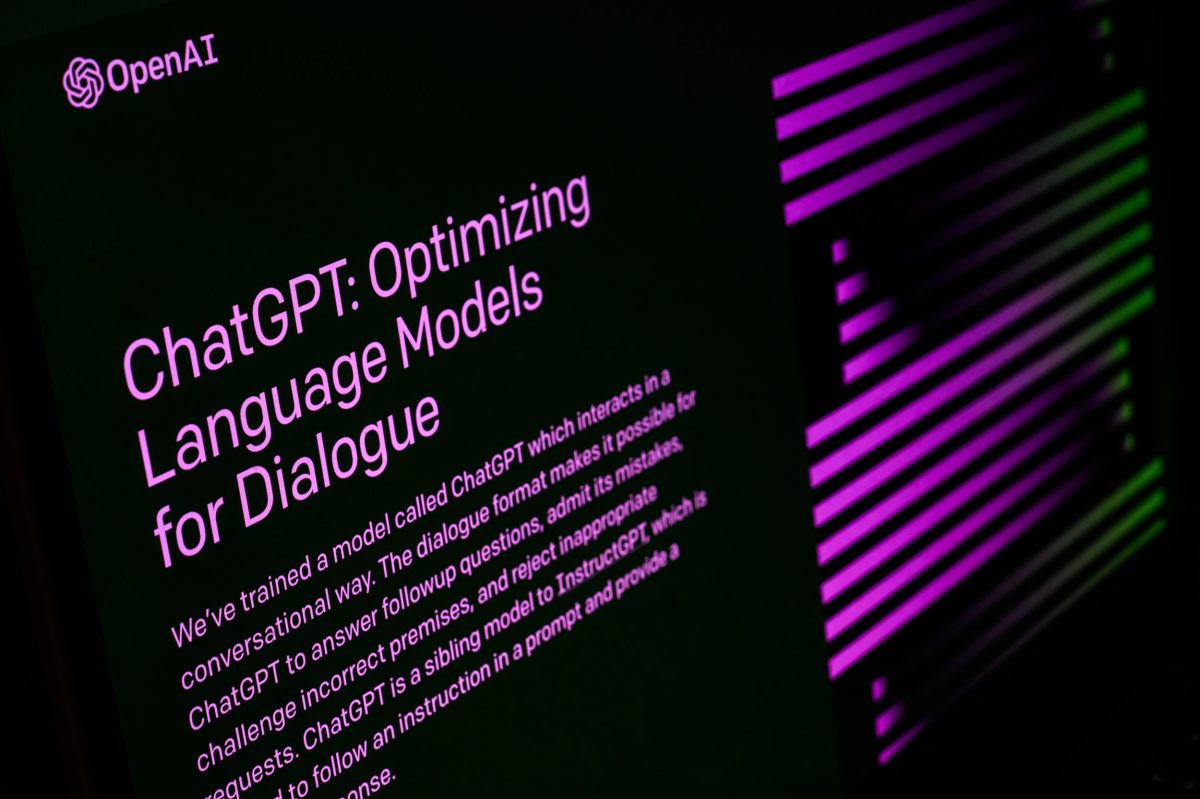
A comprehensive guide to ChatGPT, the AI-powered chatbot developed by OpenAI, covering its features, capabilities, and the impact it has had on the tech industry.

A researcher involved in the development of OpenAI’s GPT-4.5 reportedly had their U.S. green card application denied, highlighting ongoing immigration challenges in the tech sector.

Google’s AI-powered search features are seeing increased usage, a result of deliberate product design choices aimed at integrating AI more deeply into the search experience.

TechCrunch reminds companies that today is the final opportunity to host a Side Event at the upcoming TechCrunch Sessions: AI, offering a chance to boost brand visibility in the AI community.

Chinese AI startup Manus has reportedly secured funding from Benchmark, reaching a $500 million valuation, as global investment in AI continues to surge.

Anthropic’s CEO has set a goal to make AI models more transparent and understandable by 2027, aiming to address concerns about the “black box” nature of advanced AI systems.

As AI tools become more prevalent, educators and technologists are grappling with how to define and detect cheating in academic and professional settings.

OpenAI has launched a lighter version of its ChatGPT research tool, aiming to make advanced AI research more accessible to a broader audience.

Perplexity’s CEO revealed that its AI-powered browser will monitor all user activity to deliver highly personalized ads, raising privacy concerns among users and experts.

The White House has received public comments on AI policy, with many focusing on issues such as copyright and tariffs, reflecting the complex regulatory landscape for AI technologies.

OpenAI is developing an “open” AI model that can leverage other models in the cloud for assistance, potentially increasing its versatility and performance.

Rumors suggest OpenAI is working on a social platform, but its intended audience and purpose remain unclear as speculation grows within the tech community.
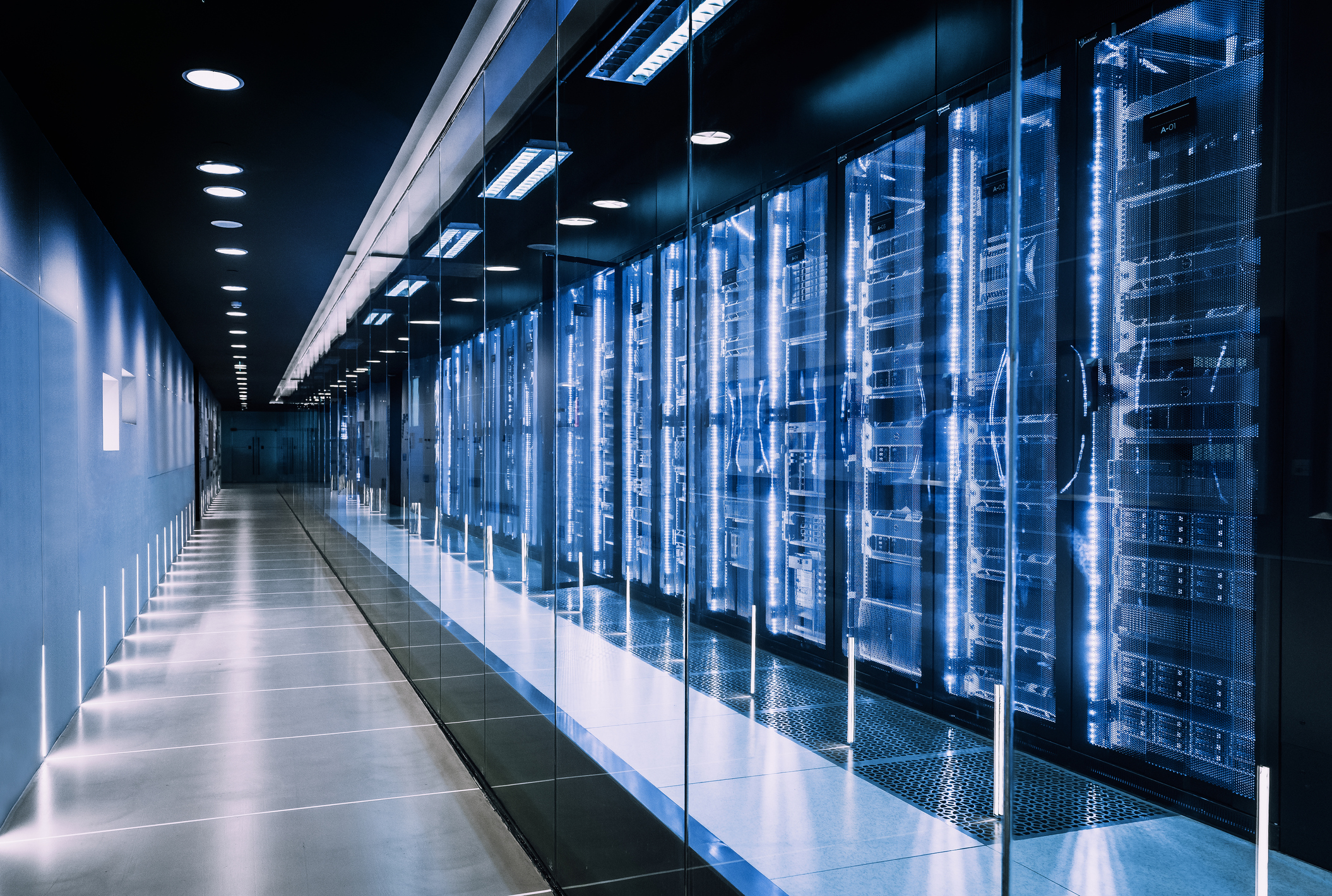
Industry experts estimate that constructing a top-tier AI data center could cost as much as $200 billion within the next six years, reflecting the massive infrastructure demands of advanced AI.

Anthropic is starting a new initiative to research “model welfare,” aiming to ensure that AI systems are developed and deployed responsibly and ethically.
“`html
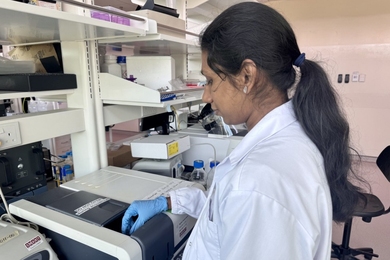
Ultraviolet light “fingerprints” on cell cultures and machine learning can provide a definitive yes/no contamination assessment within 30 minutes.

Lincoln Laboratory is transitioning tools to the 618th Air Operations Center to streamline global transport logistics.
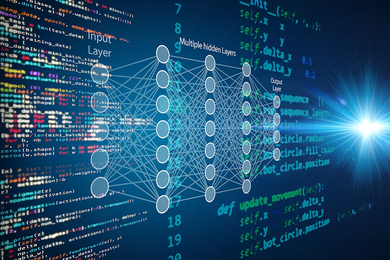
Using diagrams to represent interactions in multipart systems can provide a faster way to design software improvements.

Chemists could use this quick computational method to design more efficient reactions that yield useful compounds, from fuels to pharmaceuticals.
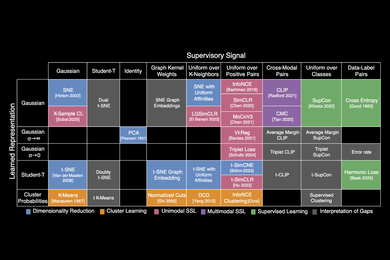
Researchers have created a unifying framework that can help scientists combine existing ideas to improve AI models or create new ones.

TactStyle, a system developed by CSAIL researchers, uses image prompts to replicate both the visual appearance and tactile properties of 3D models.

The renowned designer embraces generative AI to preserve and propel her legacy.
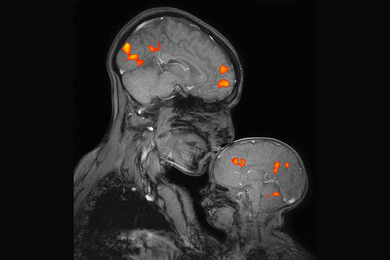
A quarter century after its founding, the McGovern Institute reflects on its discoveries in the areas of neuroscience, neurotechnology, artificial intelligence, brain-body connections, and therapeutics.
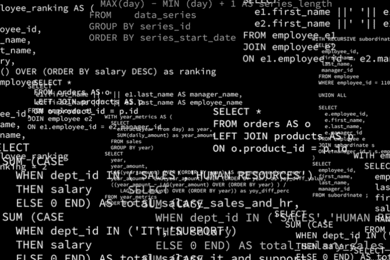
A new technique automatically guides an LLM toward outputs that adhere to the rules of whatever programming language or other format is being used.

By eliminating redundant computations, a new data-driven method can streamline processes like scheduling trains, routing delivery drivers, or assigning airline crews.

A new method from the MIT-IBM Watson AI Lab helps large language models to steer their own responses toward safer, more ethical, value-aligned outputs.

The approach maintains an AI model’s accuracy while ensuring attackers can’t extract secret information.

A new method lets users ask, in plain language, for a new molecule with certain properties, and receive a detailed description of how to synthesize it.

The framework helps clinicians choose phrases that more accurately reflect the likelihood that certain conditions are present in X-rays.

At the 2025 MIT Energy Conference, energy leaders from around the world discussed how to make green technologies competitive with fossil fuels.